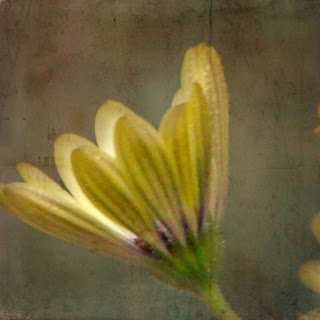Lensball
A lensball is a fun way to break away from the normal photos and get a bit creative. Here is a photo I took of a friend photographing the St. Louis Arch, I took his photo through a lens ball that was sitting on a tripod next to him.On this post Crystal Photography Ball , I show you basic techniques on using a lensball. These basic techniques are the first steps in creating the combined technique you see in the introductory photo.
Textured Backgrounds
Combining Techniques
- First I took a photo of my new Dipladenia plant and edited it in Lightroom. I saved the photo on my desktop.
- Next I took a photo of the same plant using my crystal photo ball. I put the photo ball stand on a table right next to the plant and focused my camera on the plant image inside the ball. I brought the photo into Lightroom and inverted the photo so the image in the ball is right side up.
- Next I opened the first photo in Photoshop.
- With the first photo open I clicked on File and Place Embedded in Photoshop.
- This brought the ball photo into photoshop covering the original photo. I then used the Lasso tool to outline the ball and I clicked on Create and Mask in the top bar.
- Now I used the slider to get the effect that I wanted. I used the transparency and the feather sliders. I next clicked done.
- Now I click on the little square mask symbol at the bottom of the layers column and again moved the sliders to get the desired effect.
- Finally I used Save As and named my file and saved it as a JPeg file.
































You have really become a professional in the world of photography, Mary Beth, and in regard to editing your photos creatively in Photoshop. Your creative photography tips are always so interesting and your photographs a joy to view.
ReplyDeleteAs always, you have not only given us wonderful photography tips, but awesome inspiration with you own photos. I really love your textured backgrounds. I can see that I really need to take the time to play around with Photoshop.
ReplyDeleteYou are such a talented photographer and image editor! Thanks for another wonderful tutorial.
ReplyDeleteYou are so talented. I need to break my husbands hold on the digital camera we bought, so that I can try my hand at taking some amazing pictures too!
ReplyDeleteThat's a great tutorial and it sounds like fun to experiment with these techniques. Have you considered putting your tutorials into a book yet? Or a video?
ReplyDelete